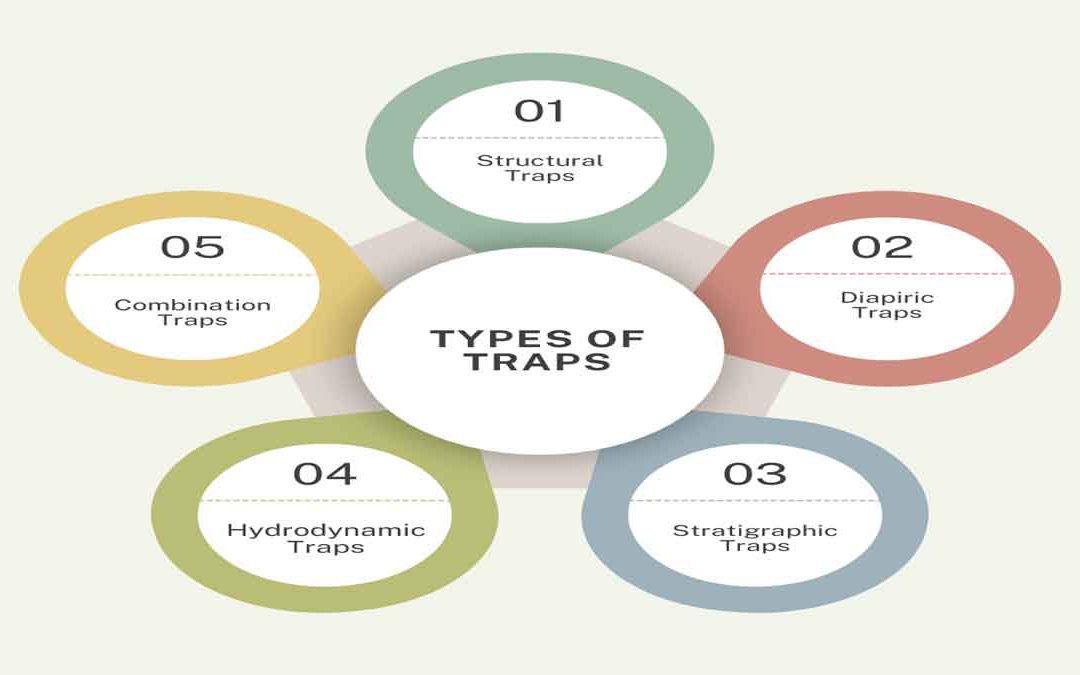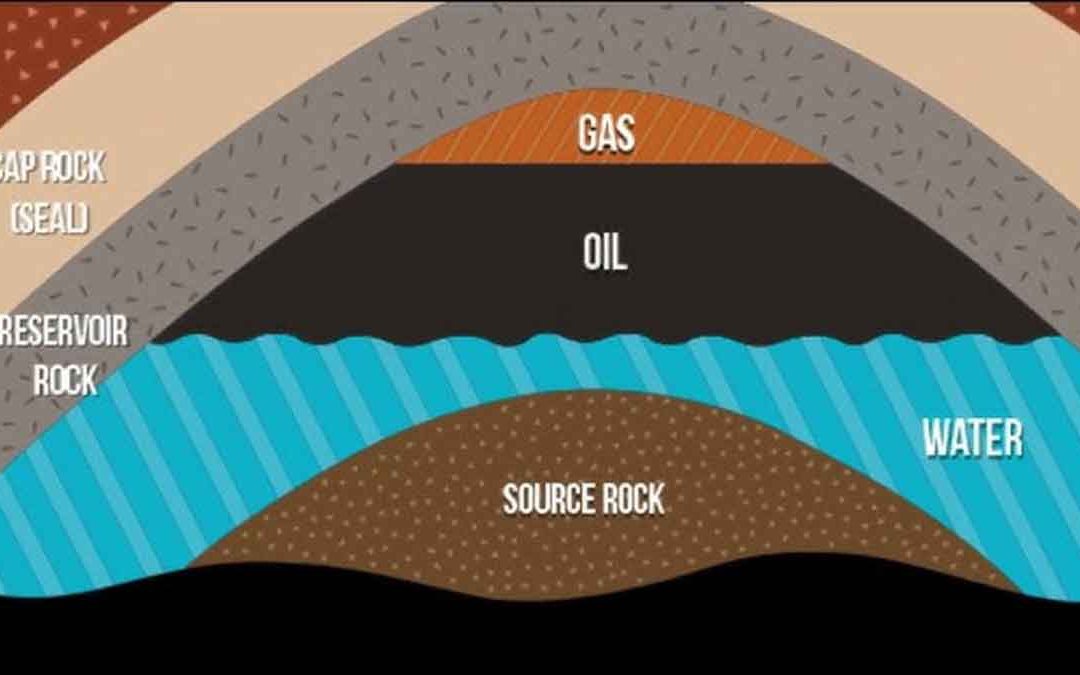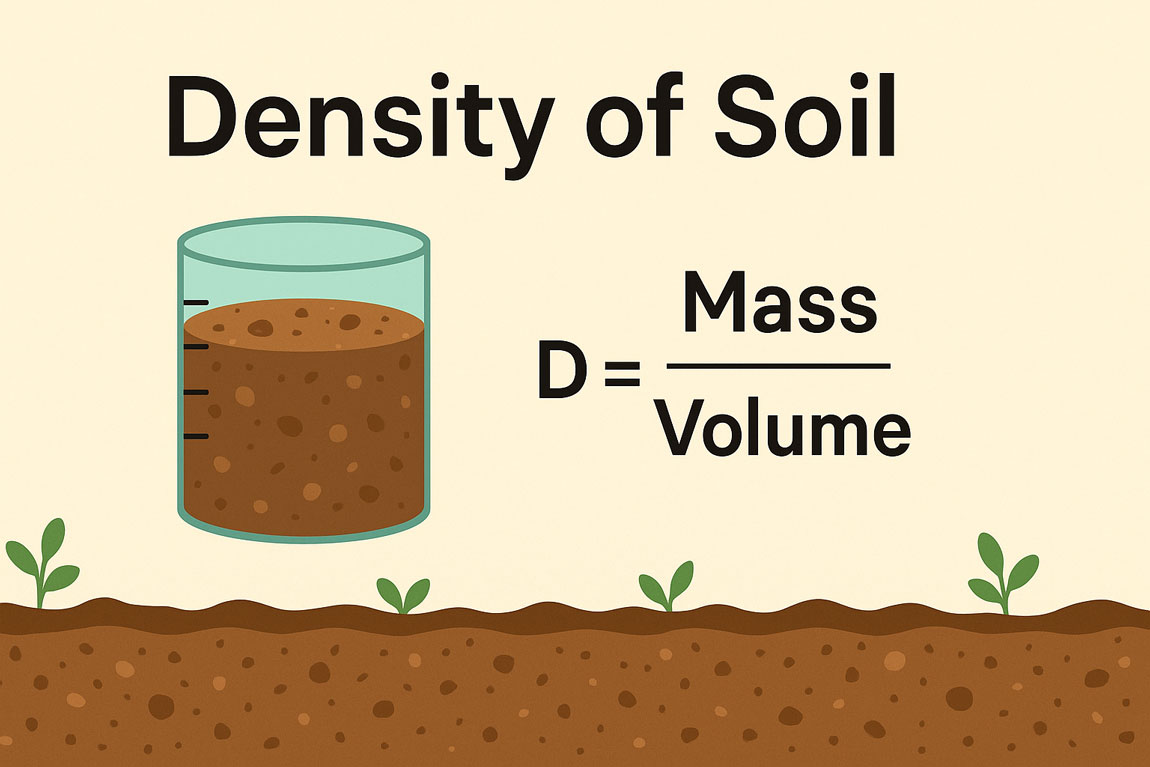
by Gelogia Team | Mar 20, 2025 | Physical Geology & Geomorphology
Types of traps are geological structures that retain hydrocarbons, preventing further movement. They include structural, diapiric, stratigraphic, hydrodynamic, and combination traps formed by rock deformation, sediment movement, or water flow. Understanding these...

by Gelogia Team | Mar 17, 2025 | Structural Geology
Crude Oil: Crude oil is the liquid form of petroleum. It is a mixture of hydrocarbons that exists in the liquid phase in the underground reservoir as well as when produced at normal surface conditions. It is composed of hydrocarbon molecules with five or more carbon...

by Gelogia Team | Mar 15, 2025 | Structural Geology, Uncategorized
Capillary pressure: Capillarity is the phenomenon whereby liquid is drawn up a capillary tube. It is a measurement of the force that draws a liquid up a thin tube, or capillary. It increases with decreasing tube diameter. Translated into geological terms, the...

by Gelogia Team | Mar 14, 2025 | Physical Geology & Geomorphology, Uncategorized
Source Rocks: A Petroleum source rock is defined as any rock that has the capability to generate and expel enough HC to form an accumulation of oil or gas. A potential source rock is one that is too immature to generate petroleum but will form significant quantities...

by Gelogia Team | Mar 13, 2025 | Physical Geology & Geomorphology, Uncategorized
Permeability: Permeability is the ability of fluids to pass through a process material. It is measured in millidancy (MD) or Darcies (D) and expressed by k. According to Darcy’s law, Where, Q = Rate of fww K= Permeability (p1-p2) = Pressure drop across the sample A =...











